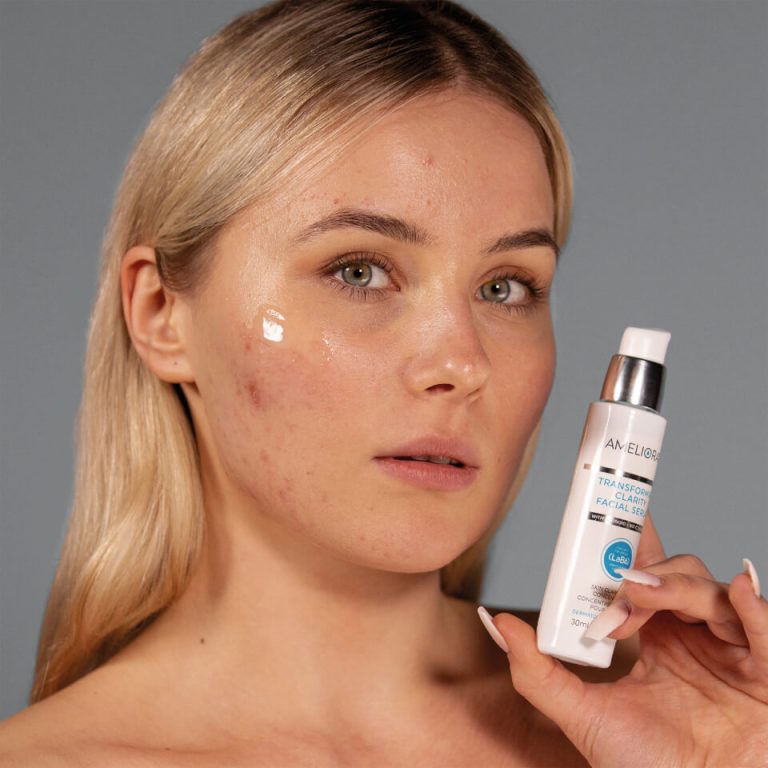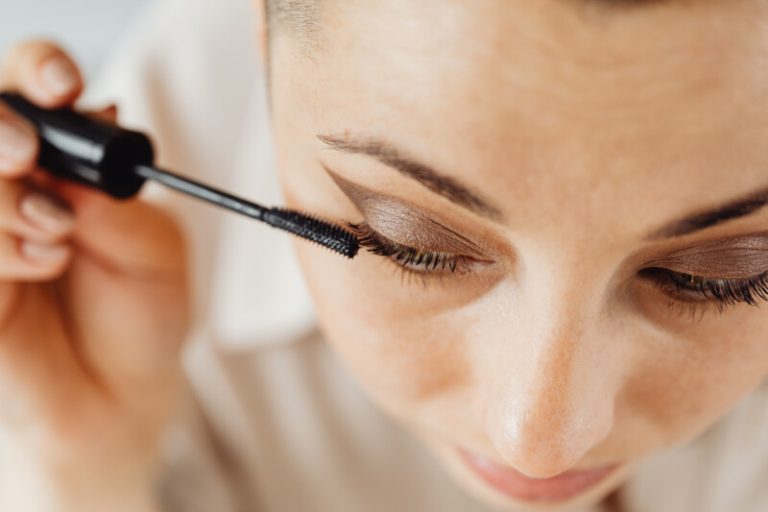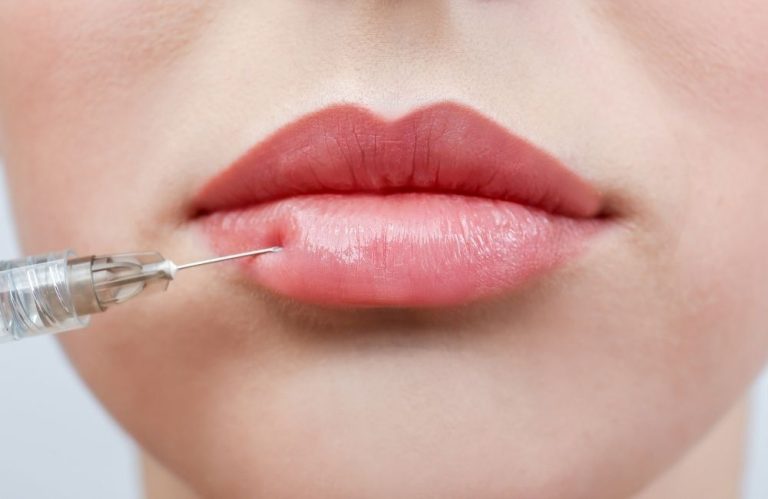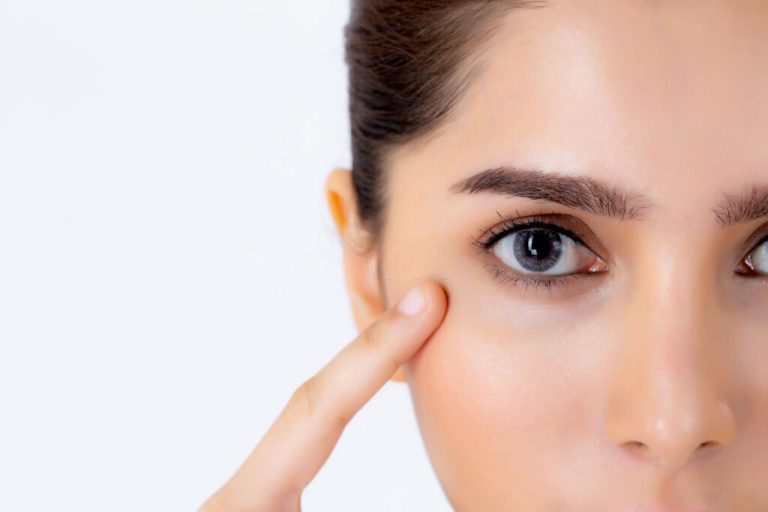Does Eyeshadow Expire? Is it Safe to Use Expired Eyeshadow
When I first started wearing eyeshadow, I never gave expiration dates a second thought. As long as the color looked good in the pan, I figured it was fine to sweep across my eyelids. But over time, I’ve learned that eyeshadow doesn’t last forever. Like most beauty products, it eventually expires and loses its color, texture and performance.
Knowing when to toss old makeup is so important for both your look and your health. So how long does eyeshadow really last before it goes bad? What causes it to expire in the first place? And can you ever safely use eyeshadow past its prime? I decided to get to the bottom of this beauty dilemma once and for all.
How Long Does Eyeshadow Typically Last?
Contents
- How Long Does Eyeshadow Typically Last?
- What Causes Eyeshadow to Expire?
- Does Unused Eyeshadow Expire?
- How Can You Tell if Eyeshadow is Expired?
- What’s the Typical Shelf Life of Eyeshadow?
- What Factors Determine Eyeshadow Shelf Life?
- How to Store Eyeshadow for Maximum Shelf Life
- Is it Ever OK to Use Expired Eyeshadow?
- The Bottom Line on Eyeshadow Expiration
Eyeshadow lifespan varies quite a bit based on the formula, but generally you can expect powder eyeshadow to remain usable for around two years when properly stored.
Of course, frequent use will shorten that timeframe. If you use the same eyeshadow every day, you may need to replace it within six months to a year to keep the rich color and texture.
On the other hand, eyeshadow you rarely pull out from the depths of your makeup drawer can potentially last up to 3 years before expiration if it’s unopened.
Cream and Liquid Formulas Don’t Last As Long
Eyeshadow also comes in cream, mousse and liquid formulas. These tend to have a shorter shelf life around six months to a year.
The more emollient the formula, the quicker bacteria can grow. So toss cream and liquid shadows within 3-6 months of opening to be safe.
What Causes Eyeshadow to Expire?
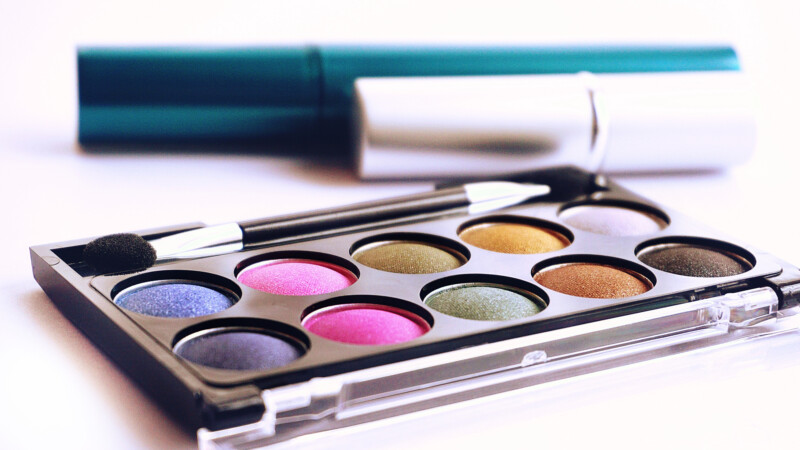
Eyeshadow doesn’t suddenly go bad overnight. It’s a gradual process influenced by several factors:
1. Formula Breakdown Over Time
Like any beauty product, eyeshadow contains a mix of waxes, oils, pigments and preservatives. Over months and years, these ingredients slowly start to break down.
Powder formulas get more dry and chalky. Cream formulas separate and become greasy. In both cases, you’ll notice fading color or a color change.
2. Bacteria Buildup
Bacteria and other microbes are another common contaminant in old makeup. When you apply eyeshadow with a brush, you transfer bacteria back into the compact each time.
Cream and liquid formulas are especially prone to harboring bacteria if you’re not diligent about washing brushes.
3. Ingredient Changes
Some signs of expiration in eyeshadow are tricky to spot at first glance. That’s because ingredients can degrade without changing the outward appearance.
Preservatives that keep makeup bacteria-free lose efficacy over time. And plant-based pigments like carmine break down too.
Does Unused Eyeshadow Expire?
What about all those pristine eyeshadows still sealed up in your makeup collection? Do they have an infinite shelf life if they’ve never seen the light of day?
The answer isn’t so simple. Unused eyeshadow can still deteriorate over time.
Even if the product is unopened, ingredients slowly destabilize from exposure to oxygen, light, fluctuating temperatures, etc. Pigments eventually fade and formulas dry out.
So it’s wise to check your unused makeup periodically and do a spot test for any changes in quality.
How Can You Tell if Eyeshadow is Expired?
Learning the signs of expired eyeshadow can help you decide when to toss versus keep a beloved color. Here are some telltale changes to watch for:
Texture and Consistency
Eyeshadow that feels gritty, dried out, or chalky has likely expired. Soft, silky powder formulas will harden.
Creams will become very oily or solidify. If you need to dig out the eyeshadow with a brush, it’s too far gone.
Fading or Color Change
Eyeshadow turns more dull and muted with age as the pigments degrade. Darker colors sometimes lighten, while shimmers lose their sparkle and sheen.
If a matte shadow appears chalky or powdery on the lids, it won’t provide the same color payoff.
Scent
A foul odor is one of the most telling signs of expired makeup. If you detect a sour, rancid smell, bacteria growth is likely high.
Safe eyeshadow has either a light cosmetic scent or no scent at all. Trust your nose on this one.
Discoloration and Separation
Eyeshadow may change color in the pan, taking on a grayish cast or darkening significantly. You might also see the formula separating.
If liquid or cream eyeshadow has visible mold, clumping or discoloration, don’t take any chances. Toss it out immediately.
What’s the Typical Shelf Life of Eyeshadow?
While general timeframes help estimate eyeshadow expiration, the ingredients really impact longevity most.
Powder Shadows Last Longest
Dry powder eyeshadows often have the longest usable shelf lives, up to 2-3 years unopened.
But once you crack open that compact, you’ll get the best payoff using powder shadow within 6-12 months.
Go Through Creams Faster
Cream, liquid and mousse eyeshadows degrade fastest since they contain more emollients and moisture.
Make sure to use cream and liquid shadows within 6-12 months. And be extra diligent about cleaning makeup brushes used with creamy products.
Organic Makeup May Spoil Sooner
Eyeshadow made with organic botanicals and fewer preservatives tends to have a shorter lifespan before bacterial contamination.
If you see ingredients like jojoba, sunflower or carnauba wax, use up that eyeshadow within a year or less.
What Factors Determine Eyeshadow Shelf Life?
Why do some eyeshadows barely last a year, while others seem fine for double that time? Shelf life depends on several key factors.
1. Storage Conditions
Heat and humidity are the natural enemies of makeup. Leaving eyeshadow stored in a steamy bathroom or hot car speeds up expiration.
Direct sunlight also degrades the pigments and formulas over time. For longest shelf life, store eyeshadow in a cool, dark place.
2. Ingredients
Eyeshadow with more preservatives lasts longer before bacteria overgrow. Ingredients like parabens keep makeup microbe-free.
Natural botanical oils break down faster. Mineral pigments like iron oxides have better stability than carmine and other organic colors.
3. Packaging
Is your eyeshadow palette a fingerprint magnet? Makeup compact materials matter too.
Porous cardboard packaging won’t have the same protective qualities as a tightly sealed metal case. Air exposure also speeds oxidation.
4. Usage and Hygiene
How often you use a particular shade affects its lifespan. But your makeup hygiene practice matters most.
Always using clean brushes and applicators prevents cross-contamination between products.
How to Store Eyeshadow for Maximum Shelf Life
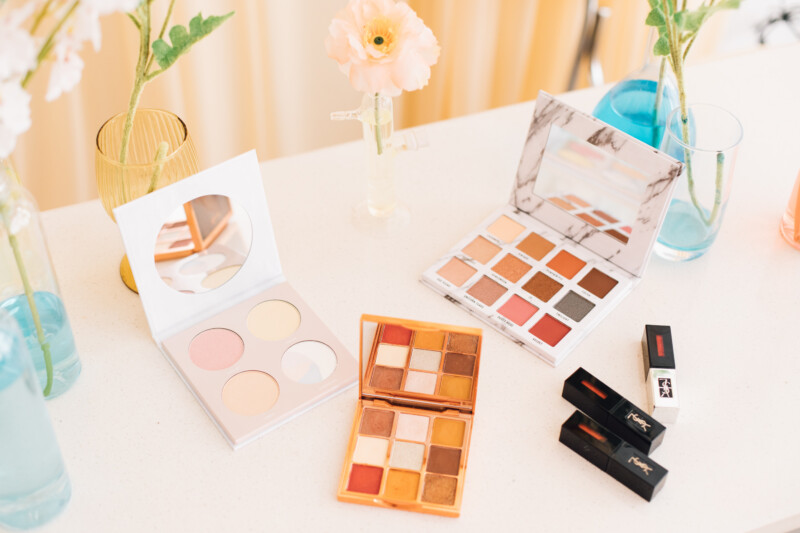
Storing your eyeshadow properly is one of the best ways to extend its shelf life and prevent early expiration.
Here are my top storage tips for keeping eyeshadow in optimal condition:
Use Airtight Containers
Exposure to air speeds oxidation of oils and pigments. Tightly sealed pots or compacts protect against humidity and oxygen.
Keep Away From Heat and Sunlight
Don’t store eyeshadow above your bathroom sink or vanity lights. Keeping makeup in a cabinet or closed storage drawer prevents light and heat damage.
Control Moisture and Dust
Too much moisture breeds bacteria, while dust contaminates eyeshadow. Store makeup in an area with average humidity and keep compacts closed.
Clean Your Makeup Tools
Dirt, oil and bacteria transfer back and forth between brushes and eyeshadow. Regularly wash brushes and sponges to avoid contamination.
Is it Ever OK to Use Expired Eyeshadow?
No one wants to part with their beloved discontinued eyeshadow palette. But should you ever knowingly use expired makeup?
In general, I recommend tossing eyeshadow once it’s clearly past its prime. However, there are some exceptions.
If It’s Sealed and Properly Stored
An unopened eyeshadow you’ve kept for 3-4 years in a cool, dark place might be ok. Do a patch test first.
Use Caution Around Eyes
Bacteria in bad makeup can cause styes or infections if used near the eyes. Discontinue use if you see any reaction.
Performance Will Be Compromised
Expired eyeshadow loses its luster. The formula and pigments just don’t work as well. So quality can’t be guaranteed.
Overall, it’s better to be safe and regularly purge old items you aren’t using. But I’ll let you make the final call on sentimental makeup favorites.
The Bottom Line on Eyeshadow Expiration
Hopefully this helps take some mystery out of the dreaded makeup expiration question. Here are the key takeaways:
- Eyeshadow lasts around 2 years unopened, and 6-12 months after opening.
- Cream and liquid formulas expire faster in 3-6 months.
- Look for changes in texture, scent, color and consistency as signs of expiration.
- Heat and humidity speed up eyeshadow expiration.
- Regularly cleaning makeup tools extends shelf life.
- Trust your eyes and nose to make the best call on tossing old makeup.
Now that you know what shortens eyeshadow’s lifespan, you can make yours last longer. And if you spot aging makeup, use it as an excuse to play with fun new beauty products.
After all, the possibilities are endless when you have a great eyeshadow palette and brush collection. So experiment with new looks while keeping your makeup shelf life and safety in mind.

Founded by Sophia Rodriguez, IGXO Cosmetics is a PETA-certified, cruelty-free, and vegan makeup brand.
